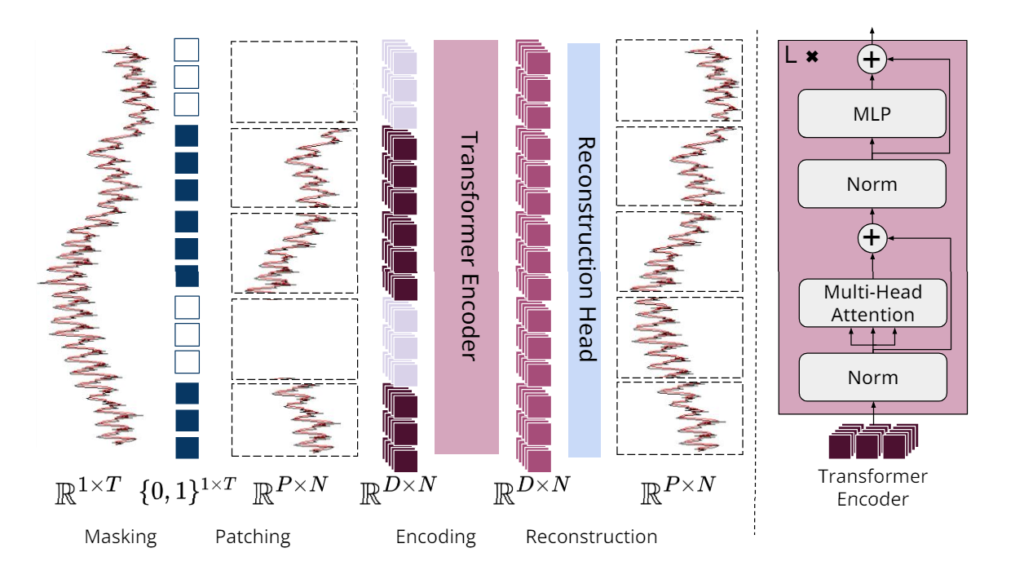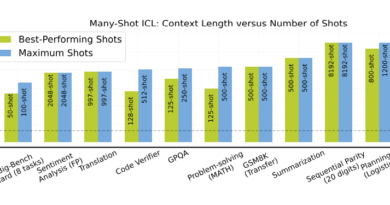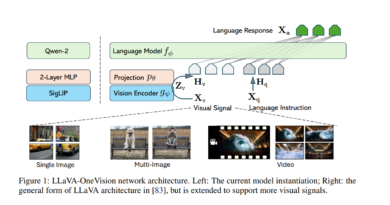Introduction to MOMENT: A New Era in Time Series Analysis
Time series analysis plays a crucial role in various domains such as weather forecasting, anomaly detection, and heart rate irregularity detection. With the increasing availability of data, there is a growing need for efficient and effective machine learning models that can handle the complexities of time series data. In response to this need, researchers from Carnegie Mellon University (CMU) and the University of Pennsylvania have proposed MOMENT, a family of open-source machine learning foundation models for general-purpose time series analysis. This article explores the features and capabilities of MOMENT and its potential impact on the field of time series analysis.
Challenges in Time Series Analysis

Before delving into the details of MOMENT, it is important to understand the challenges associated with time series analysis. Pre-training large models on time series data presents several hurdles, including the lack of a comprehensive public time series repository, the complexity of diverse time series characteristics, and the scarcity of experimental benchmarks for model evaluation. Additionally, the quadratic growth of the self-attention mechanism in transformers poses challenges when applied to time series analysis. Treating time series sub-sequences as tokens can enhance efficiency and effectiveness in forecasting.
Introducing MOMENT: A Family of Open-Source Foundation Models
MOMENT, proposed by CMU researchers, addresses these challenges by offering a family of open-source foundation models for general-purpose time series analysis. MOMENT leverages the Time Series Pile, a diverse collection of public time series, to train high-capacity transformer models. The Time Series Pile combines datasets from various repositories, addressing the scarcity of comprehensive time-series datasets. This comprehensive dataset enables large-scale multi-dataset pretraining, providing versatility and robustness in tackling diverse time series analysis tasks.

The architecture of MOMENT consists of a transformer encoder and a lightweight reconstruction head. These components are pre-trained on a masked time series prediction task, ensuring that the models learn to capture the temporal dependencies present in time series data. MOMENT offers variations corresponding to different sizes of encoders, allowing flexibility in model selection based on computational resources and task requirements.
Task-Specific Applications of MOMENT
MOMENT is designed to be fine-tuned for various downstream tasks such as forecasting, classification, anomaly detection, and imputation. Depending on the task requirements, MOMENT can be fine-tuned either end-to-end or with linear probing. This flexibility allows researchers and practitioners to adapt MOMENT to their specific needs.
The study comparing MOMENT with state-of-the-art deep learning and statistical machine learning models demonstrates its effectiveness across various tasks. While deep learning models, such as transformer-based approaches, show promise, statistical and non-transformer-based methods outperform them in certain scenarios. For example, ARIMA performs better than deep learning models for short-horizon forecasting, N-BEATS excels in long-horizon forecasting, and k-nearest neighbors show superior performance in anomaly detection.
Advancing Open Science and Collaboration
The research conducted by CMU and the University of Pennsylvania aims to advance open science by releasing the Time Series Pile, along with code, model weights, and training logs. This release encourages collaboration and further advancements in the field of time series analysis. By providing researchers and practitioners with access to comprehensive time series datasets and open-source models, MOMENT fosters innovation and enables the development of more effective and efficient time series analysis techniques.
Conclusion
CMU Researchers propose MOMENT, a family of open-source machine learning foundation models for general-purpose time series analysis. By leveraging the Time Series Pile and innovative strategies, MOMENT addresses the challenges associated with time series analysis and offers versatile and robust models. With the ability to handle tasks such as forecasting, classification, anomaly detection, and imputation, MOMENT provides researchers and practitioners with a valuable tool for analyzing time series data. The research conducted by CMU and the University of Pennsylvania not only contributes to the field of time series analysis but also promotes open science and collaboration. By sharing comprehensive datasets and open-source models, MOMENT encourages innovation and the development of new techniques in time series analysis.
Check out the Paper. All credit for this research goes to the researchers of this project. Also, don’t forget to follow us on LinkedIn. Do join our active AI community on Discord.
Explore 3600+ latest AI tools at AI Toolhouse 🚀.
Read our other blogs on AI Tools 😁
If you like our work, you will love our Newsletter 📰




